American consumers are blindsided as big brands exit—brace for skyrocketing prices, massive layoffs, and shocking consequences.

You’re not going to believe which beloved American brands are packing their bags and leaving the USA in 2025. This isn’t just about corporate decisions—it’s about the ripple effects that could hit your wallet, your community, and even your daily routines.
These iconic names have been part of your life for years, maybe even decades, and now they’re vanishing. Is this the beginning of the end for America’s hold on global business? Let’s unpack this brewing crisis together, one company at a time, and consider what this exodus really means for the future of American jobs, identity, and influence.
1. Tupperware Seals the Deal in Mexico—U.S. Plant Closure
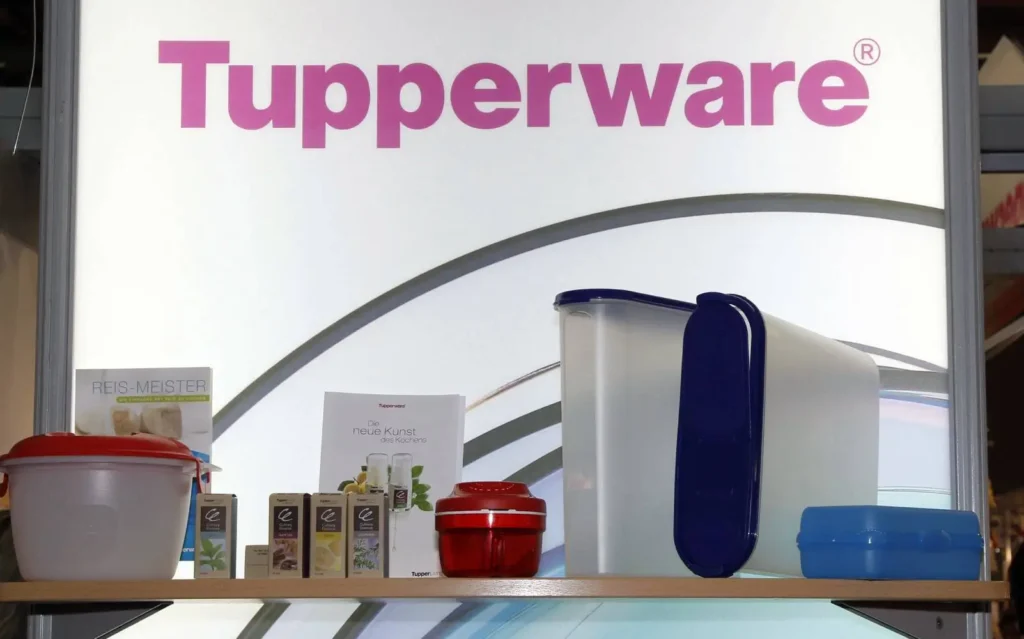
Tupperware, once a symbol of the American household and post-war domestic innovation, has made the heartbreaking decision to close its final U.S. manufacturing plant in Hemingway, South Carolina. This isn’t just a factory shutting down—it’s the end of an era. By January 14, 2025, 148 American workers will be out of jobs, their livelihoods shipped across the border to Mexico. The company claims it’s consolidating manufacturing to cut costs amid persistent financial woes, but to many, it feels like a betrayal of its roots.
This decision underscores a troubling trend where even legacy brands are no longer prioritizing domestic production. The Tupperware parties of the past symbolized community and American-made pride, as mentioned by Audrey Kemp at The Drum. Now, with operations moving abroad, that connection is being severed. The economic and emotional toll on small-town America, where such factories often serve as the lifeblood of the community, can’t be overstated.
2. Harley-Davidson Revving Up Abroad—Iconic Motorcycles to Be Made Overseas

Harley-Davidson isn’t just a brand—it’s a piece of American soul, evoking freedom, rebellion, and the open road. But even this cultural icon isn’t immune to the pressures of global economics. To dodge retaliatory tariffs and slash production costs, Harley-Davidson has begun manufacturing some of its models overseas, as stated by Dustin Wheelen at Revzilla. While the company insists that motorcycles sold to American customers will still be made in the U.S., the shift reveals a hard reality: patriotism doesn’t always align with profit margins.
For many longtime Harley riders, the idea of their bike being assembled anywhere but American soil feels deeply personal. It’s not just about metal and engines—it’s about pride and tradition. As production slowly moves overseas, it could dilute the brand’s identity and stir up resentment among its most loyal customers.
3. Carrier Air Conditioners Cooling Off in Mexico—Indiana Plant Closure

Carrier, once at the center of a political tug-of-war over offshoring, is once again moving jobs out of the United States. Despite earlier pledges to keep operations in Indiana, the air conditioning giant is relocating manufacturing to Monterrey, Mexico. This reversal affects hundreds of workers and reignites frustration over broken promises and economic vulnerability, according to Danielle Paquette at The LA Times.
The rationale is familiar—lower labor costs and improved operational efficiency. But to the people of Indiana, it’s a punch in the gut. Communities that once celebrated “Made in America” are now watching their jobs and futures evaporate. The Carrier story is a painful reminder of how quickly the winds can change, especially when profit trumps loyalty.
4. Intel Inside…China?—Chip Production Heads Overseas

Intel, a cornerstone of American tech innovation, is increasingly outsourcing its semiconductor production to China. The move is meant to meet rising global demand and take advantage of reduced manufacturing costs in Asia. But it raises pressing concerns about national security, job displacement, and the shifting locus of technological power.
Chips are the brains behind modern electronics, and who controls their production holds enormous influence. While Intel maintains a presence in the U.S., this pivot suggests a deepening reliance on foreign facilities. For American tech workers, it’s a sobering development. For consumers, it raises uncomfortable questions about dependency and control in a digital age.
5. 3M Sticks to Global Strategy—Shifts Production Abroad
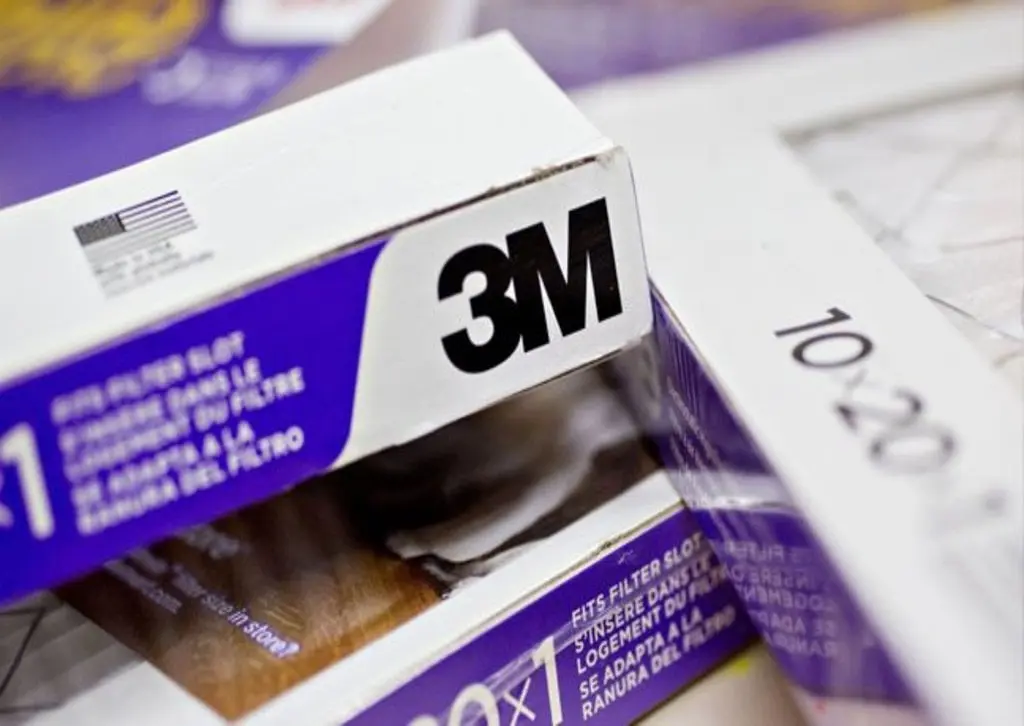
When you think of everyday essentials—Scotch Tape, Post-it Notes—you think of 3M. But even this deeply rooted American brand is trimming domestic operations and expanding its global footprint, especially in China and Singapore. The reasoning? Streamlined supply chains and reduced expenses.
Yet there’s a human cost behind those balance sheets. Every factory closure in the U.S. represents hundreds of stories—families affected, towns losing their economic anchors. 3M’s shift may make business sense, but it continues the quiet erosion of the American industrial landscape. And once these jobs are gone, they rarely come back.
6. General Motors Steering Production Overseas—Shifts to China and Mexico
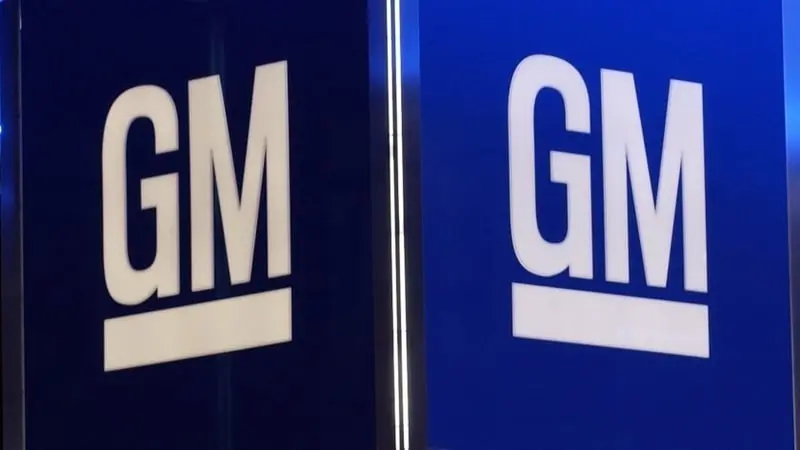
General Motors, the backbone of Detroit and an emblem of American resilience, is shifting more of its manufacturing to China and Mexico. The move focuses on electric vehicle production—a fast-growing market where being first and cheap matters. But it leaves U.S. workers and legacy factories in an uncertain limbo.
Electric vehicles are the future, but GM’s strategy prioritizes international markets over domestic stability. While innovation surges forward, the communities that once built America’s cars are left behind. It’s another sign that even the most iconic American companies are willing to look elsewhere when the numbers add up.
7. Levi’s Jeans Stitching a New Path—Manufacturing Moves Abroad
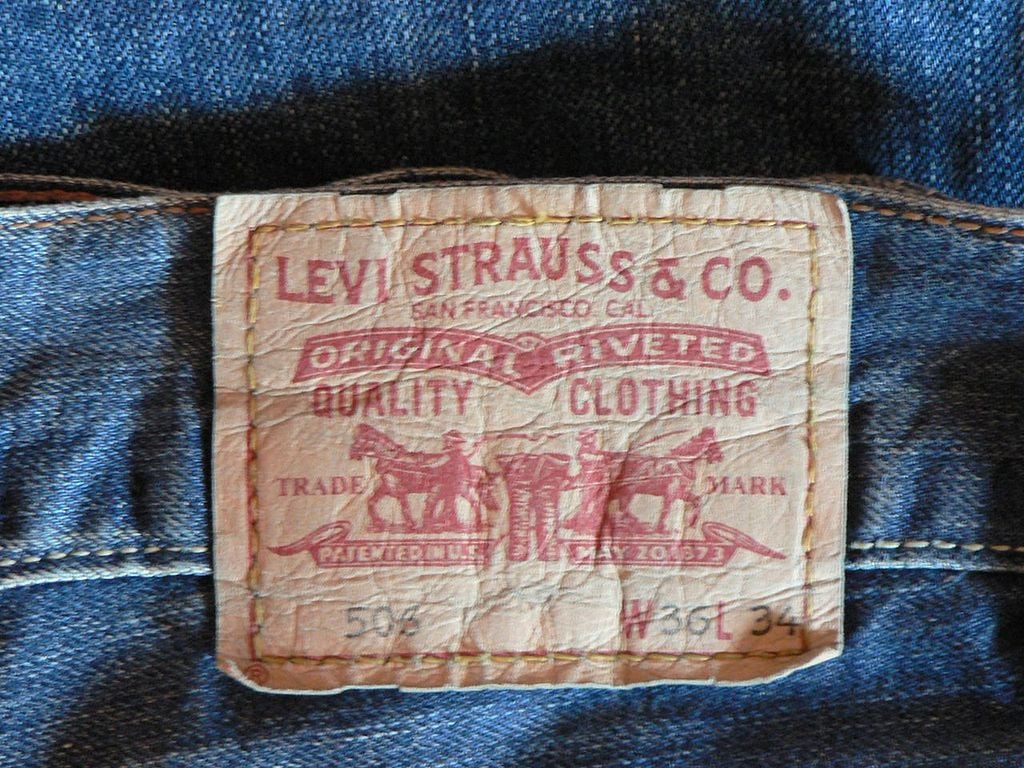
Levi Strauss & Co. isn’t just a clothing company—it’s woven into the fabric of American history. But cost-cutting and globalization have pushed much of its manufacturing to countries like Bangladesh and Vietnam. The result is cheaper jeans, yes—but also fewer American jobs and a fading connection to the brand’s homegrown heritage.
This move isn’t new, but its acceleration in 2025 stings for those who still remember the days when Levi’s were proudly “Made in the USA.” For many, it’s not just about denim—it’s about dignity. Watching this iconic label walk away from its roots feels like another chapter in the slow unraveling of American industry.
8. Nike Just Did It—Shifts Production to Asia

Nike has long faced criticism over its manufacturing practices, and that scrutiny isn’t going away. The company continues to migrate its production base to Asia, particularly Vietnam and China, to maximize profits and streamline operations. While this has helped Nike stay competitive globally, it’s come at a significant domestic cost.
The impact on American jobs is undeniable. Once a potential employer for thousands across U.S. factories, Nike now relies almost entirely on overseas labor. The brand’s inspiring slogans and bold ads can’t mask the fact that its economic footprint at home has steadily shrunk, leaving behind a trail of outsourced dreams.
9. Apple Bites into Overseas Manufacturing—iPhone Production in China

Apple is arguably the most successful American brand of the 21st century, but its heart—its manufacturing engine—beats in China. iPhones, iPads, and MacBooks are all assembled abroad, often under conditions that would be unacceptable in the U.S. It’s a paradox: the sleekest symbol of American tech is built thousands of miles away.
This dependency on Chinese factories exposes vulnerabilities—political, economic, and ethical. With every new product launch, Apple’s U.S.-based fans cheer. But behind the screen is a reality that feels less and less American. The company’s global supply chain might be efficient, but it comes at the cost of national manufacturing pride.
10. Boeing Takes Flight Abroad—Parts Production Moves Overseas
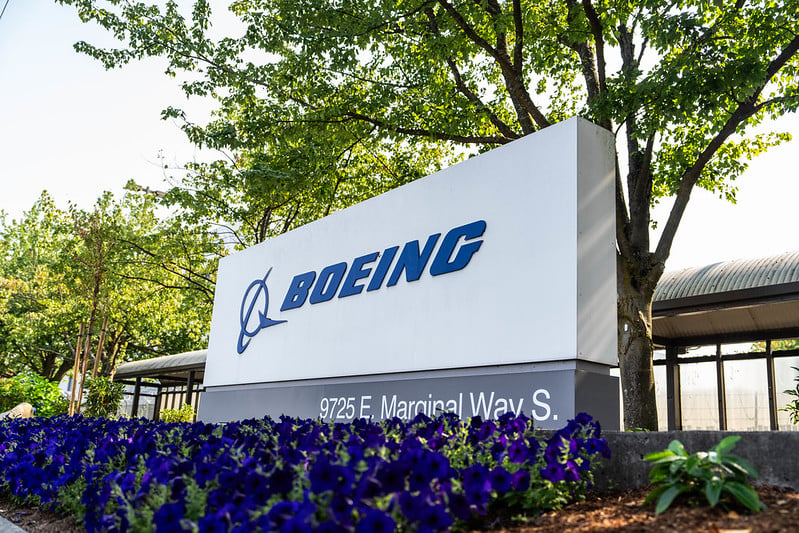
Even the mighty Boeing, long considered a pillar of American aerospace prowess, is increasingly looking abroad for parts production. As it seeks to reduce costs and penetrate emerging markets, Boeing is shifting key manufacturing elements to countries like China and Japan. This strategy, though logical on paper, has huge implications.
The aerospace industry isn’t just about planes—it’s about national pride and technological dominance. Outsourcing parts of production threatens both, and workers in U.S. plants feel the pressure. In the name of efficiency, Boeing risks undermining the very trust and prestige it spent decades building.
11. Whirlpool Spins Cycle Overseas—Appliance Production Moves to Mexico

Whirlpool is a household name in American appliances, but many of those household staples will no longer be made in America. The company is relocating some manufacturing from the U.S. to Mexico, aiming to cut costs and boost operational efficiency. But for American factory workers, that efficiency comes with a steep price.
The implications ripple through communities built around appliance plants. Local economies shrink, and families are forced to start over. The cold reality is that when companies chase cheaper labor, the burden falls on those left behind. Whirlpool’s move is yet another reminder that even reliable brands can change course overnight.
12. Caterpillar Digs into Foreign Soil—Manufacturing Shifts Abroad

Caterpillar, with its roaring yellow machines, is synonymous with American grit and heavy industry. But the company is steering production toward nations like China and Brazil, prioritizing proximity to expanding construction markets. The decision is about logistics and growth—but the cost to U.S. workers is sobering.
Fewer American-made machines mean fewer opportunities for skilled laborers stateside. The ripple effects hit not just employees, but suppliers, towns, and even training programs designed to build future talent. When giants like Caterpillar pack up, they take more than machinery—they take momentum, stability, and hope.
13. Stanley Black & Decker Hammers Out New Plan—Production Heads Overseas
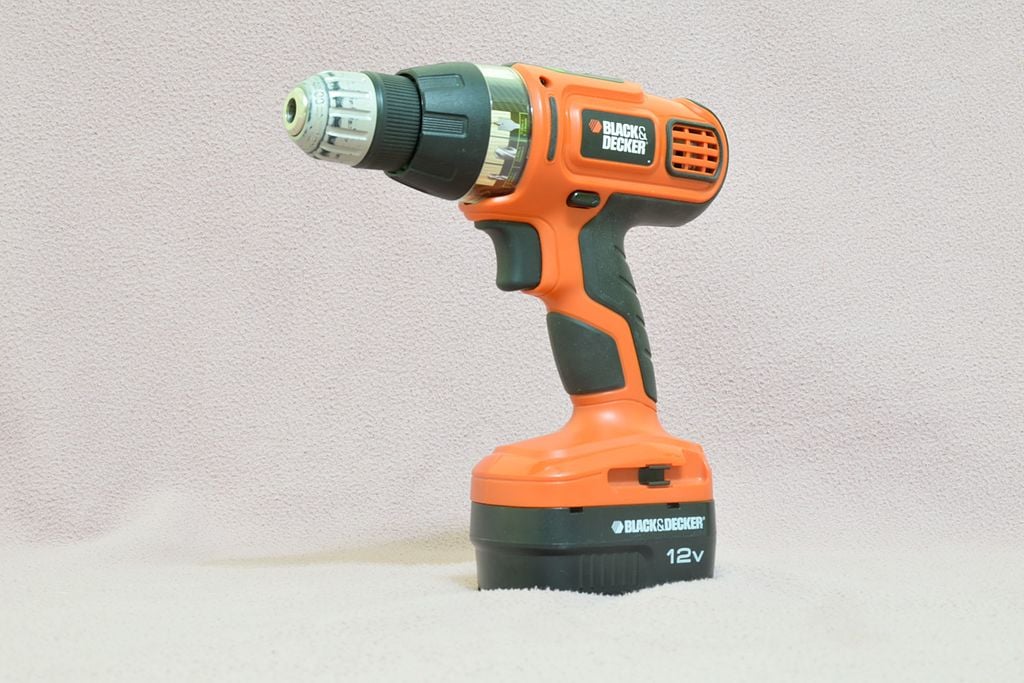
Stanley Black & Decker, trusted by millions for tools that build everything from homes to dreams, is offshoring part of its manufacturing to countries like China and Mexico. It’s a move driven by cost analysis—but it chips away at America’s manufacturing core.
For generations, these tools symbolized craftsmanship and reliability. But with production shifting abroad, questions arise about quality control, job loss, and what it means for the American tradesperson. This isn’t just about tools—it’s about the identity of those who use them. And for many, it feels like the toolbox is being emptied one wrench at a time.
